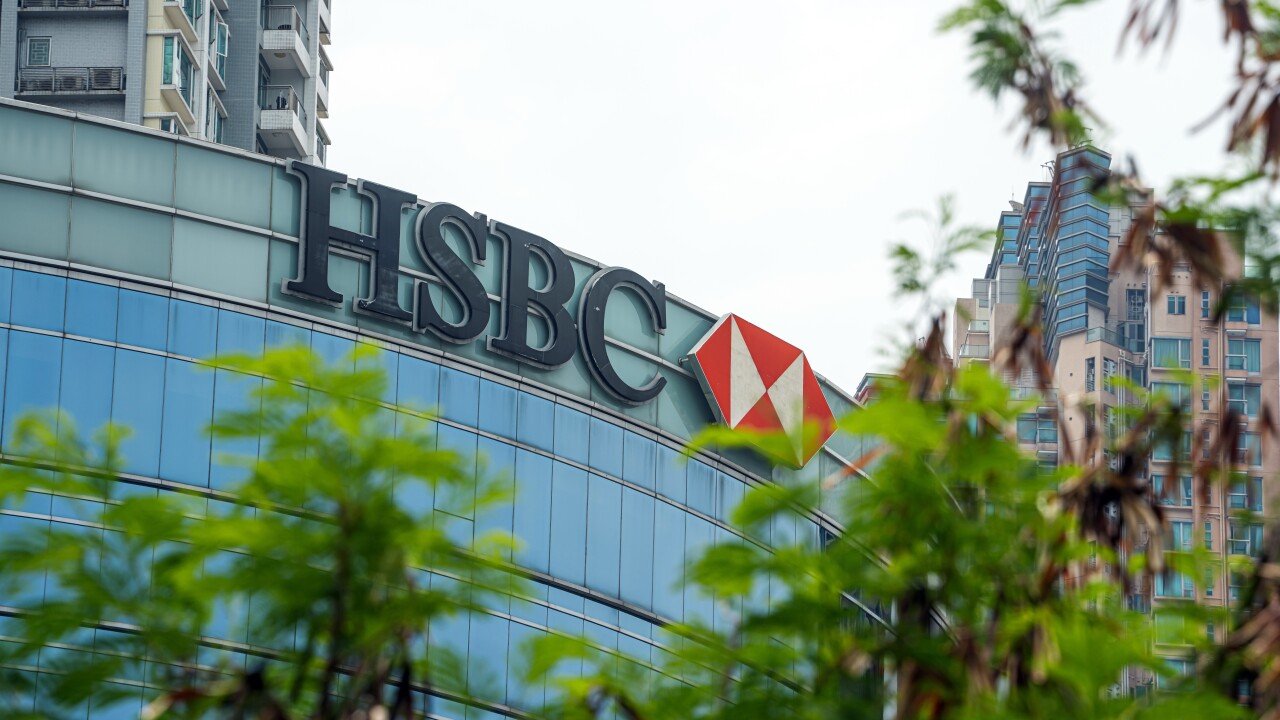Billions of dollars are changing hands in the ATM industry, accelerating a revolution in how self-service is used in both bank branches and retail stores.
Diebold this week announced its much-anticipated plan to
"There are big changes in the ATM industry," said Brian Bailey, vice president of software and strategy for NCR financial services. "We have been really aggressive reimagining what the self-service channel will look like in the next decade…there have been a lot of strategic moves culminating with the Blackstone investment."
Driving the change is the pressure to quickly update, fix and modify self-service devices such as ATMs and kiosks, matching the experience of what is generally considered an older device with capabilities more often expected of smartphones and tablets.
Operating ATMs remotely from a
"As banks invest in digital channels for
NCR is additionally accelerating product development for other hardware such as the mobile point of sale system
The company has also made inroads into digital payments acceptance at
Diebold's strategy is to treat its merchant customer base as the front line for technology that could eventually roll out to banks, said Andy Mattes, president and CEO of Diebold, in an interview earlier this week.
"Retailers can adopt mobile and other new technology because they aren't as heavily regulated as banks," Mattes said. "Retail can serve as a test bed before we roll out the new technology to financial institutions…the ATM of five years from now will be delivered 'as a service.' "
The software-driven self-service transformation may also change the fundamental model of how ATMs are deployed and managed, if the larger clients are agreeable.
Diebold and NCR are promoting comprehensive ATM servicing models, in which the manufacturer takes on all aspects of ATM service delivery and support for negotiated monthly fees, rather than a capital expense mixed with ongoing service costs, said Bob Meara, a senior analyst at Celent.
"Both companies hope this trend continues, it's good for their balance sheets," Meara said. "In many markets, however, large banks who deploy a disproportionate share of ATMs have developed in-house core competencies in ATM channel management that they may be reluctant to shed."
Banks won't be "excited" about another replacement cycle, Meara said. "Instead, incremental ATM modifications that enable digital integration with the ATM are more likely. Mobile cash access is one example. And it's not 'flying off the shelves' by the way."
Riley said a software-based approach makes the updates more efficient.
"It can take a year to develop a new service on a Windows ATM at a bank; we can cut that time and the deployment time through cloud-based technology," Bailey said.





